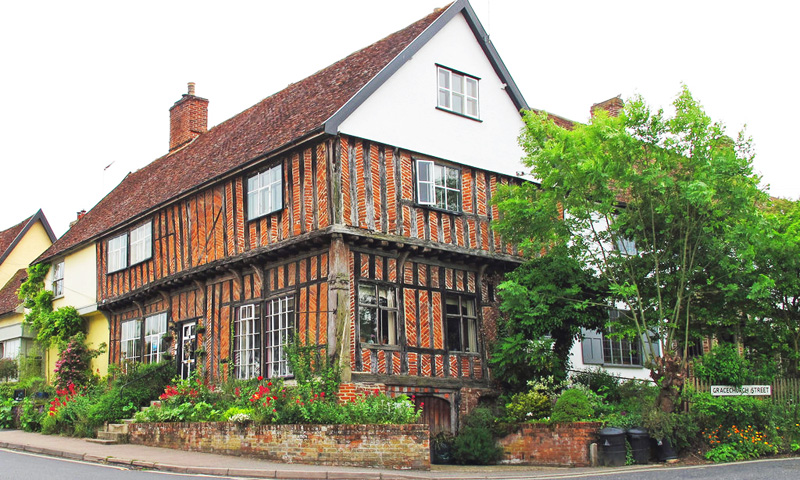
Listed Buildings
Since its inception in 1882, the designation of ‘Listed Building‘ has been applied to all shapes, sizes and types of structure judged to be architecturally and/or historically rare. This includes bridges, statues, shops, cottages, wells, even a model village, all the way up to the Houses of Parliament.
The current law for England (with 400,000+ listings) is the Planning (Listed Buildings and Conservation Areas) Act of 1990; the equivalent for Scotland (69,000) is dated 1997; Wales (30,000) 2016; and N.Ireland (8,900) 2015, with grades A, B+, B1 and B2.
It is a criminal offence to make unauthorised changes to Listed Buildings but of course, changes, repairs and refurbishment are often essential. The local Planning Authority will give plenty of guidance to applicants seeking Listed Building Consent, since it is in everyone’s interest to maintain the quality and integrity of important national or regional examples of traditional workmanship.
Grades I and II* are exceptional, while Grade II covers over 90% of Listed Buildings. Anything intact from pre-1700 will certainly be accepted; 1700 to 1850 is very likely; 1850 to 1945 is possible; post-1945 is not unheard of but structures built or made in the last 30 years will only be considered if designed by a celebrated architect, e.g. Sir Norman Foster’s Grade II* American Air Museum.
(Image of 16th century Grade II listed building in Suffolk: Roger Jones at geograph.org.uk / CC BY-SA 2.0)
